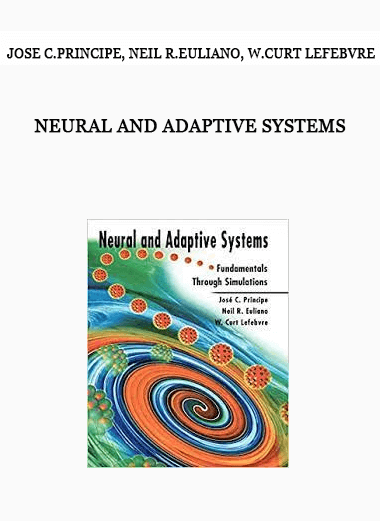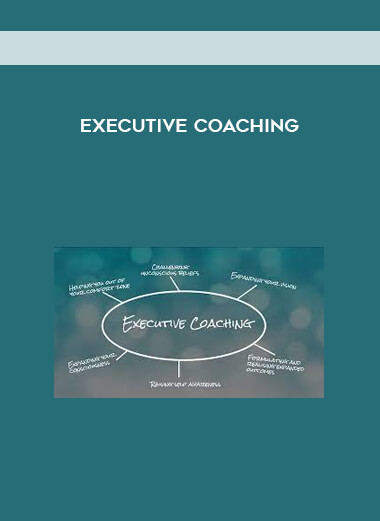Courses Infomation
Neural and Adaptive Systems by Jose C.Principe, Neil R.Euliano, W.Curt Lefebvre

Neural & Adaptive Systems by Jose C.Principe, Neil R.Euliano, W.Curt Lefebvre
Neural & Adaptive Systems by Jose C.Principe, Neil R.Euliano, W.Curt Lefebvre
Develop New Insight into the Behavior of Adaptive Systems
This one-of-a-kind interactive book and CD-ROM will help you develop a better understanding of the behavior of adaptive systems. Developed as part of a project aimed at innovating the teaching of adaptive systems in science and engineering, it unifies the concepts of neural networks and adaptive filters into a common framework. It begins by explaining the fundamentals of adaptive linear regression and builds on these concepts to explore pattern classification, function approximation, feature extraction, and time-series modeling/prediction. The text is integrated with the industry standard neural network/adaptive system simulator NeuroSolutions. This allows the authors to demonstrate and reinforce key concepts using over 200 interactive examples. Each of these examples is ‘live,’ allowing the user to change parameters and experiment first-hand with real-world adaptive systems. This creates a powerful environment for learning through both visualization and experimentation. Key Features of the Text
- The text and CD combine to become an interactive learning tool.
- Emphasis is on understanding the behavior of adaptive systems rather than mathematical derivations.
- Each key concept is followed by an interactive example.
- Over 200 fully functional simulations of adaptive systems are included.
- The text and CD offer a unified view of neural networks, adaptive filters, pattern recognition, and support vector machines.
- Hyperlinks allow instant access to keyword definitions, bibliographic references, equations, and advanced discussions of concepts.
The CD-ROM Contains:
- A complete, electronic version of the text in hypertext format
- NeuroSolutions, an industry standard, icon-based neural network/adaptive system simulator
- A tutorial on how to use NeuroSolutions
- Additional data files to use with the simulator
“An innovative approach to describing neurocomputing and adaptive learning systems from a perspective which unifies classical linear adaptive systems approaches with the modern advances in neural networks. It is rich in examples and practical insight.”
—James Zeidler, University of California, San Diego
What is HYPNOSIS – NLP?
Neuro-linguistic programming (NLP) is a technique used to provide clients with the tools to overcome certain life obstacles. NLP is in short, a way of helping people help themselves to reach a state of excellence, happiness and peace of mind.
NLP is a learning model devised by two American academics (Dr Richard Bandler and John Grinder) in the early 70s, who were fascinated by the relationship between language behaviour and excellence. They believed that by analysing the unconscious linguistic techniques used by successful people, they could produce ‘a recipe for excellence’ in which other people could consciously learn to apply said ‘successful techniques’.
What is NLP?
NLP stands for neuro-linguistic programming.
Neuro – All of our experience is gained from the neurological processes that govern our five senses: taste, touch, smell, sight and sound.
Linguistic – We make sense of these experiences through a set of filters, including language. The language we use can also affect the way we experience things.
Programming – This is a way of controlling the outcome of something. A person can use NLP to ‘predetermine excellence’ by adjusting the language we use.
To break it down, the science aspect is the process of extracting and learning the techniques. The art aspect is the act of applying the techniques to our own lives.
There are four ways NLP techniques are most commonly used:
to teach effective communication
to ensure continual personal development
to enhance learning
to encourage a greater enjoyment in life
NLP is used to teach us how changing our perception of the world can lead us to adjust and adapt our behaviours to live the life we want.
NLP and hypnotherapy
Hypnotherapists aim to induce a relaxed and receptive state (trance) in their clients in order to access the subconscious. Many of the obstacles that prohibit or limit a person’s experiences are deeply embedded in the subconscious, so by accessing the thought processes that usually remain hidden, hypnotherapists can work with clients to change the restrictive thought pattern and make room for positive development.
An NLP practitioner will look at your attitude, your language and how you use it, your understanding of relationships and your ability to build rapport, as well as the physical and emotional states that are best for accomplishing a task. Effective communication and perception of others and ourselves, will also be key focuses. All of these will be analysed and examined by the professional, so that a strategy for improving understanding, motivation, learning and memory can be formed.
Many hypnotherapists train in NLP to help improve their ability to communicate more effectively with their clients, as well as to help their clients communicate more effectively with themselves.
Salepage : Neural and Adaptive Systems by Jose C.Principe, Neil R.Euliano, W.Curt Lefebvre































Reviews
There are no reviews yet.